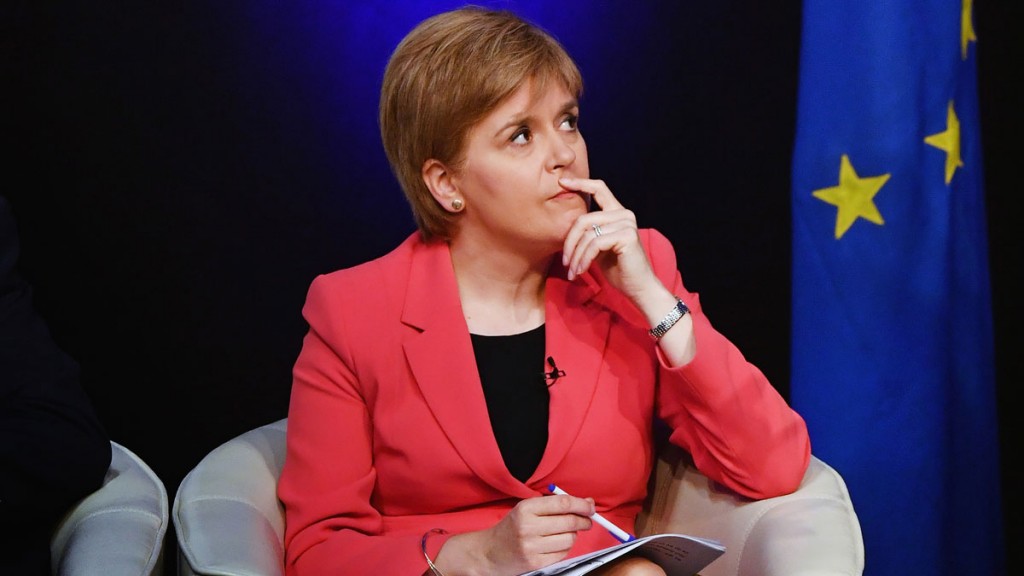
No one in Scotland’s SNP has much been looking forward to today. That’s because the new official government expenditure and revenue statistics (GERS) have been published – and they are absolutely awful. The last lot showed Scotland spending an average of £1,400 per head more than the rest of the UK and having a horrible budget deficit of just under £15bn (nearly 10%) of GDP. This lot are no better – you can have a look at them here.
The stats show the deficit at much the same level (£14.8bn and 9.5% of GDP against 4% for the UK as a whole). It is hard to make a case for Scottish independence with this as a backdrop. So, despite the fact that the Scottish government produces the numbers, Nicola Sturgeon and her supporters are keen to suggest that the GERS numbers have no worth whatsoever – that they aren’t exact and they are a reflection of “Scotland’s economy under the status quo, not a reflection of how Scotland would perform under independence”.
There’s truth in this of course. I knocked off a quick blog a few years ago in which I pointed out that there is an awful lot of guesstimating in the revenue figures in the numbers (which come in about £400 lower per head than in the UK as whole): it is all but impossible to know what corporation tax receipts, for example, and other tax-takes such as those from income tax would depend heavily on what arbitrage there might be between the rest of the UK and Scotland post-independence (low income tax rates would bring high-earners in and visa versa).
However, some revenue numbers are not as much in doubt as others (oil revenues – down from £9.6bn when the White Paper and my original blog were being written to less than £0.1bn now – being the obvious one here, although you could argue that no one knows how much of them Scotland would really get!) and the spending numbers are what they are: Scotland is unlikely to spend hugely less or hugely more in the immediate future.
I said rather flippantly in that last blog post that, given the rough guess nature of some of the revenue numbers, you didn’t have to worry about the GERS numbers too much as a forecast of Scotland’s long-term future. But that wasn’t quite true: the numbers don’t tell us what things would look like ten years after independence, but do give us the best snapshot we have of where an independent Scotland would start from (albeit probably a fairly optimistic one).
So they do matter. And this, of course, is why, Nicola Sturgeon is so desperate to distract everyone’s attention from them. That’s why yesterday was the day she revived the EU referendum’s “project fear” with some suitably bonkers scaremongering about Scotland’s future as part of the UK outside the EU. And why yesterday was also the day that she announced that she would soon be able to reveal her plans to pretend that she will soon have a second referendum on full independence for Scotland if she sees it as “in the interests of Scotland”.
Both things were designed to make the long-suffering population of Scotland to think less about GERS, less about the crappy state of our education system, less about our failing NHS and police system and more about referendums.
• If you want the full run down on GERS and what the numbers really mean visit the excellent blog by Kevin Hague on the matter.